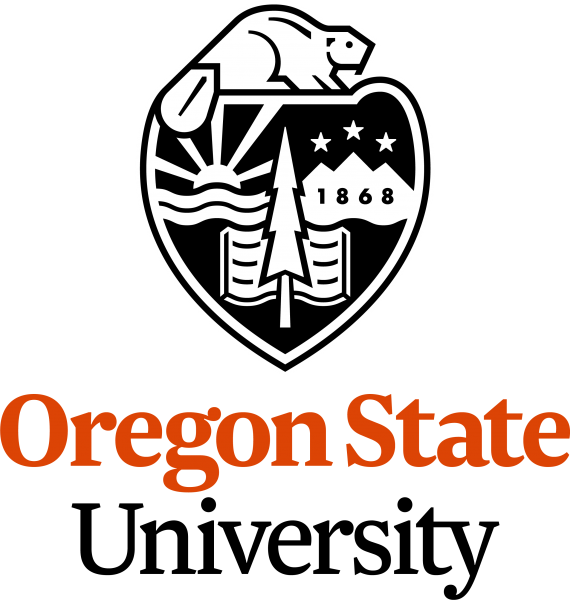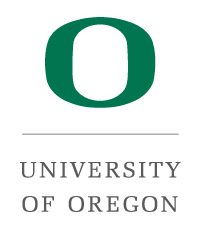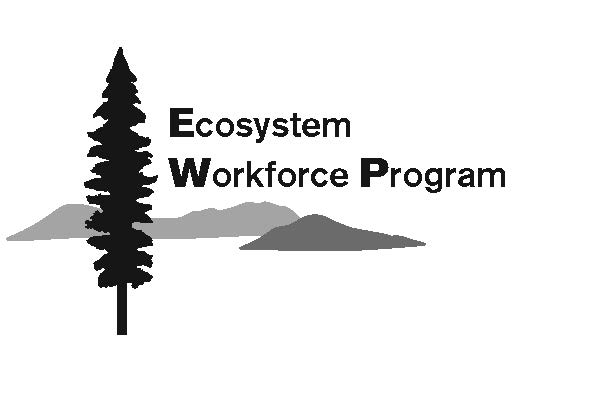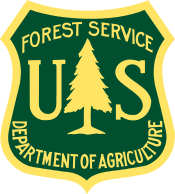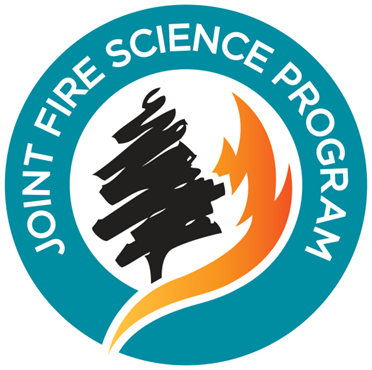Publications Library
. How will climate change affect wildland fire severity in the western US? Environmental Research Letters. 2016;11(3).
. Impact of anthropogenic climate change on wildfire across western US forests Proceedings of the National Academy of Sciences. 2016;113(42).
Incorporating Anthropogenic Influences into Fire Probability Models: Effects of Human Activity and Climate Change on Fire Activity in California. PLOS One. 2016.
. Increasing western US forest wildfire activity: sensitivity to changes in the timing of spring. Philosophical Transactions of the Royal Society. 2016;371.
. Living on a flammable planet: interdisciplinary, cross-scalar and varied cultural lessons, prospects and challenges Philosophical Transactions of the Royal Society B. 2016;371(1696).
. National Climate Change Interpretation and Education Strategy. Washington, DC: National Park Service; 2016:20 p. Available at: https://www.nps.gov/subjects/climatechange/upload/FINAL-NCCIES-508-LowRes.pdf.
. Opportunities to utilize traditional phenological knowledge to support adaptive management of social-ecological systems vulnerable to changes in climate and fire regimes Ecology and Society. 2016;21(1).
. Particulate air pollution from wildfires in the Western US under climate change Climate Change. 2016;138(3).
. Restoring forest structure and process stabilizes forest carbon in wildfire-prone southwestern ponderosa pine forests Ecological Applications. 2016;26(2). Available at: http://www.treesearch.fs.fed.us/pubs/52476.
. REVIEW: Searching for resilience: addressing the impacts of changing disturbance regimes on forest ecosystem services Journal of Applied Ecology. 2016;53(1).
. Socioecological transitions trigger fire regime shifts and modulate fire–climate interactions in the Sierra Nevada, USA, 1600–2015 CE Proceedings of the National Academy of Sciences. 2016;Online early.
. Wildfire, climate, and invasive grass interactions negatively impact an indicator species by reshaping sagebrush ecosystems Proceedings of the National Academy of Sciences. 2016;Online early.
. Wildfire, climate, and perceptions in Northeast Oregon Regional Environmental Change. 2016;16(6).
. Assessing vulnerabilities and adapting to climate change in northwestern U.S. forests Climate Change. 2017.
. Climate change and the eco-hydrology of fire: will area burned increase in a warming western USA? Ecological Applications. 2017;27(1).
Climate, wildfire, and erosion ensemble foretells more sediment in western USA watersheds. Geophysical Research Letters. 2017;Online early.
. Effects of climate change on snowpack and fire potential in the western USA Climate Change. 2017;141(2).
. Historical Fire–Climate Relationships in Contrasting Interior Pacific Northwest Forest Types Fire Ecology. 2017;13(2).
. Human exposure and sensitivity to globally extreme wildfire events Nature Ecology & Evolution. 2017;1.
. Human presence diminishes the importance of climate in driving fire activity across the United States PNAS. 2017;114(52).
. Interactions of predominant insects and diseases with climate change in Douglas-fir forests of western Oregon and Washington, U.S.A. Forest Ecology and Management. 2017;409.
. Mapping the Future: U.S. Exposure to Multiple Landscape Stressors. Portland: US Department of Agriculture, Forest Service, Pacific Northwest Research Station; 2017. scifi197.pdf (6.8 MB)
scifi197.pdf (6.8 MB)
. The normal fire environment—Modeling environmental suitability for large forest wildfires using past, present, and future climate normals Forest Ecology and Management. 2017;390.

